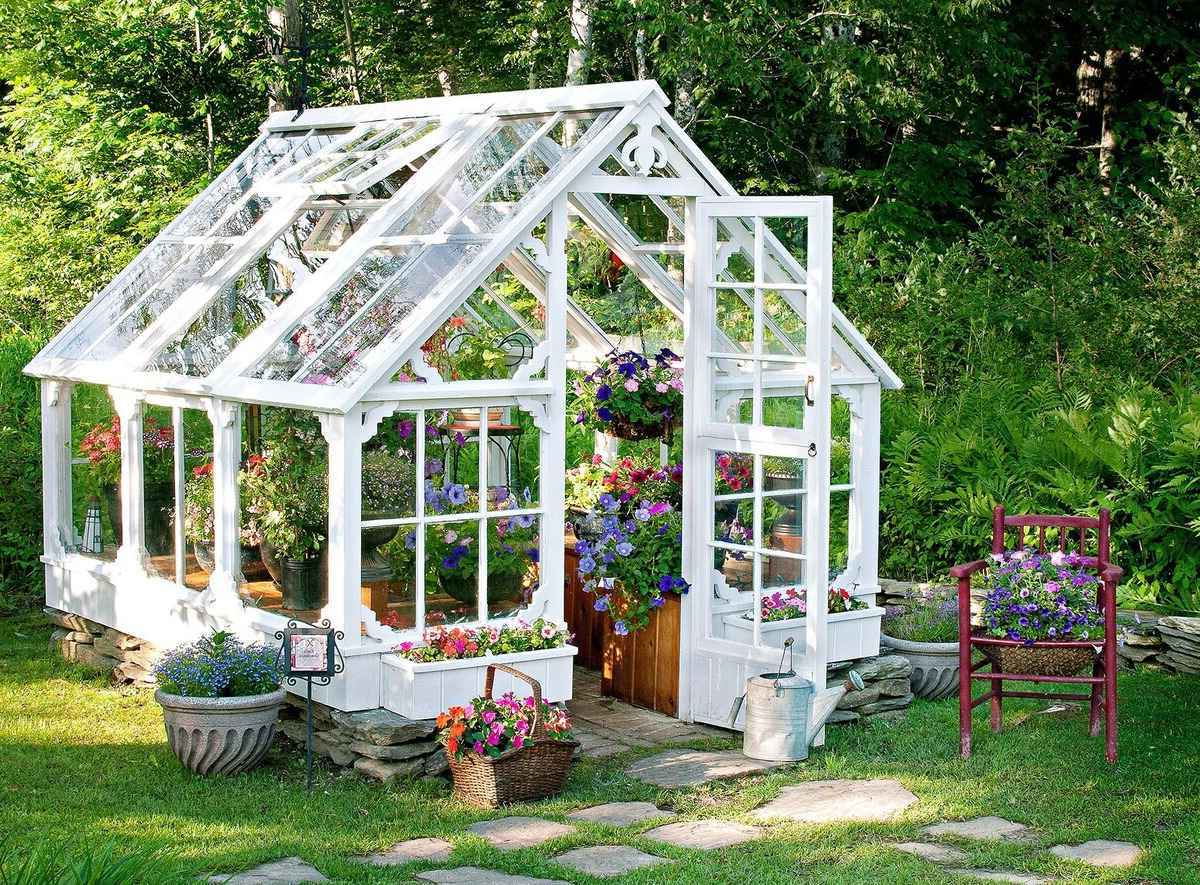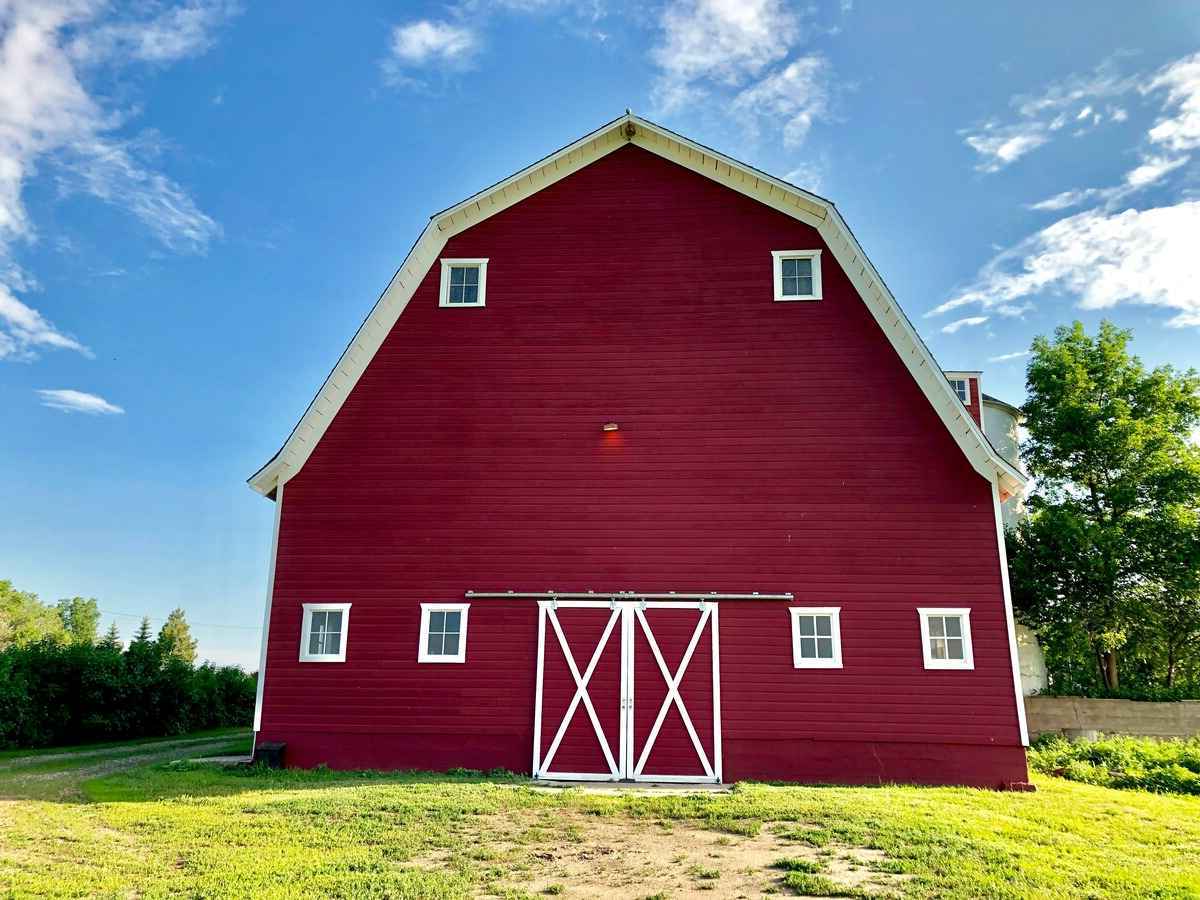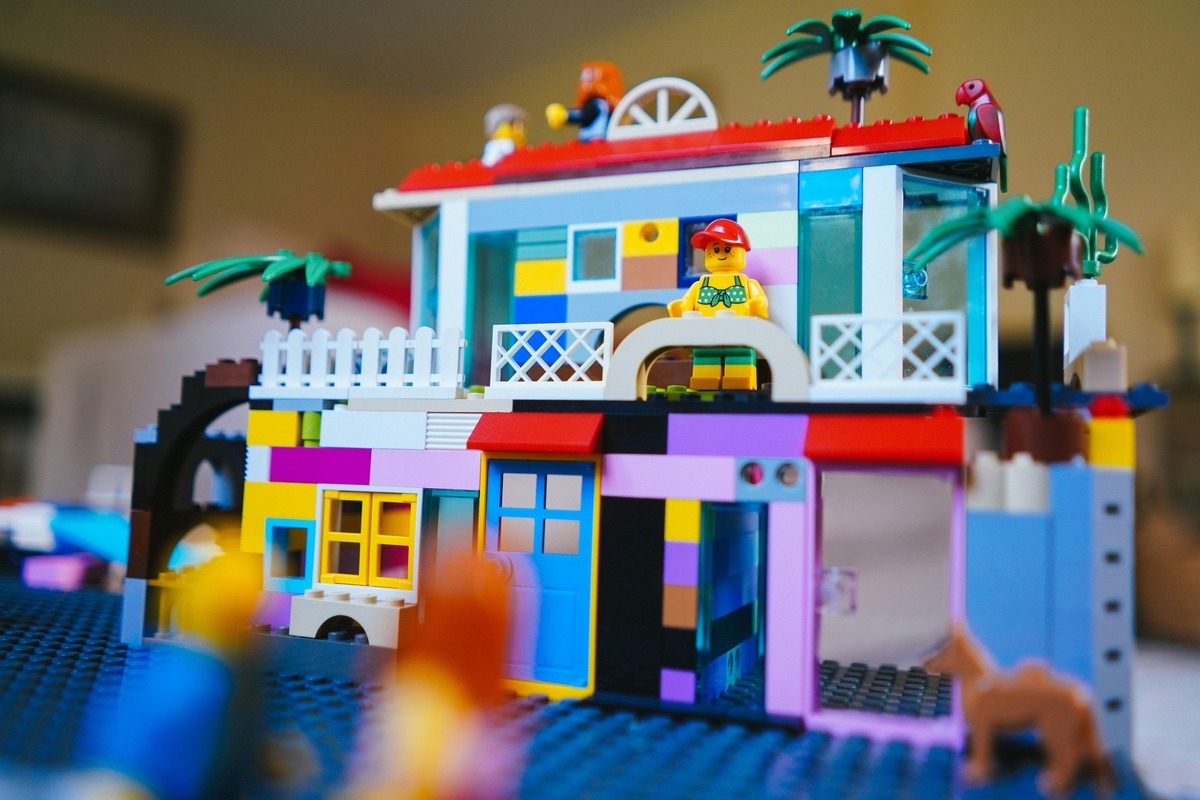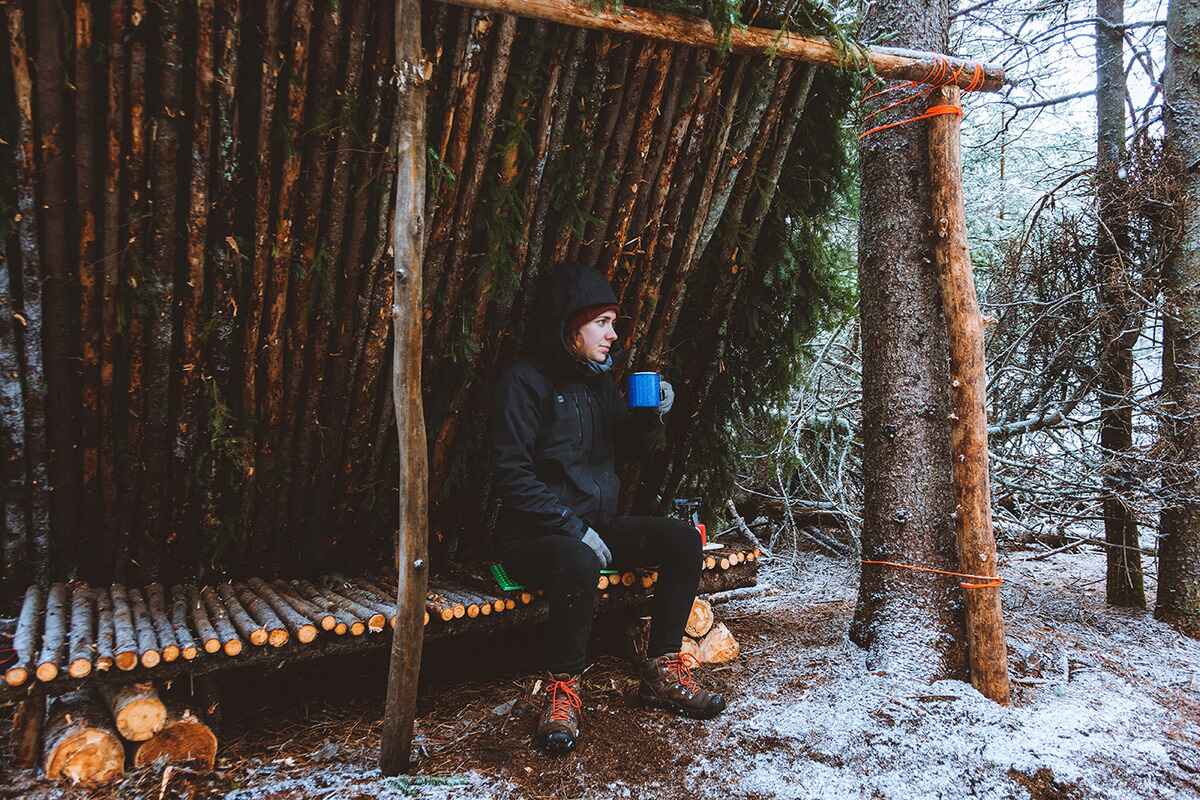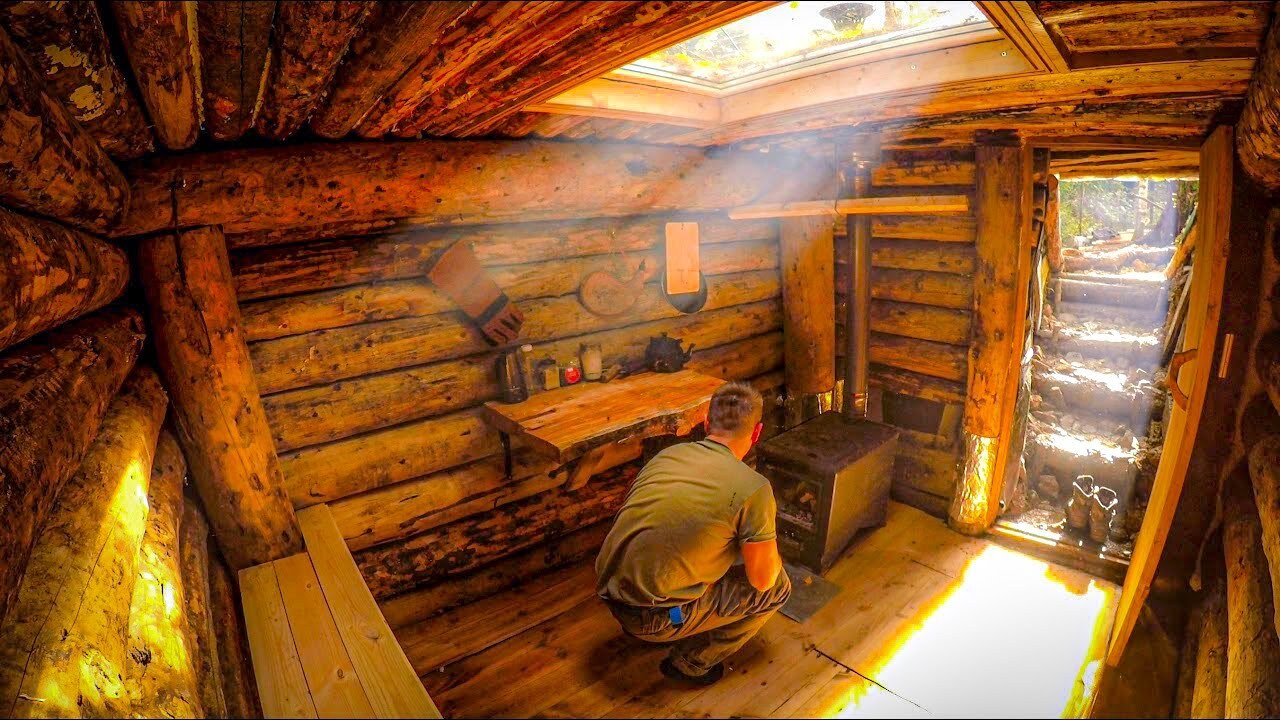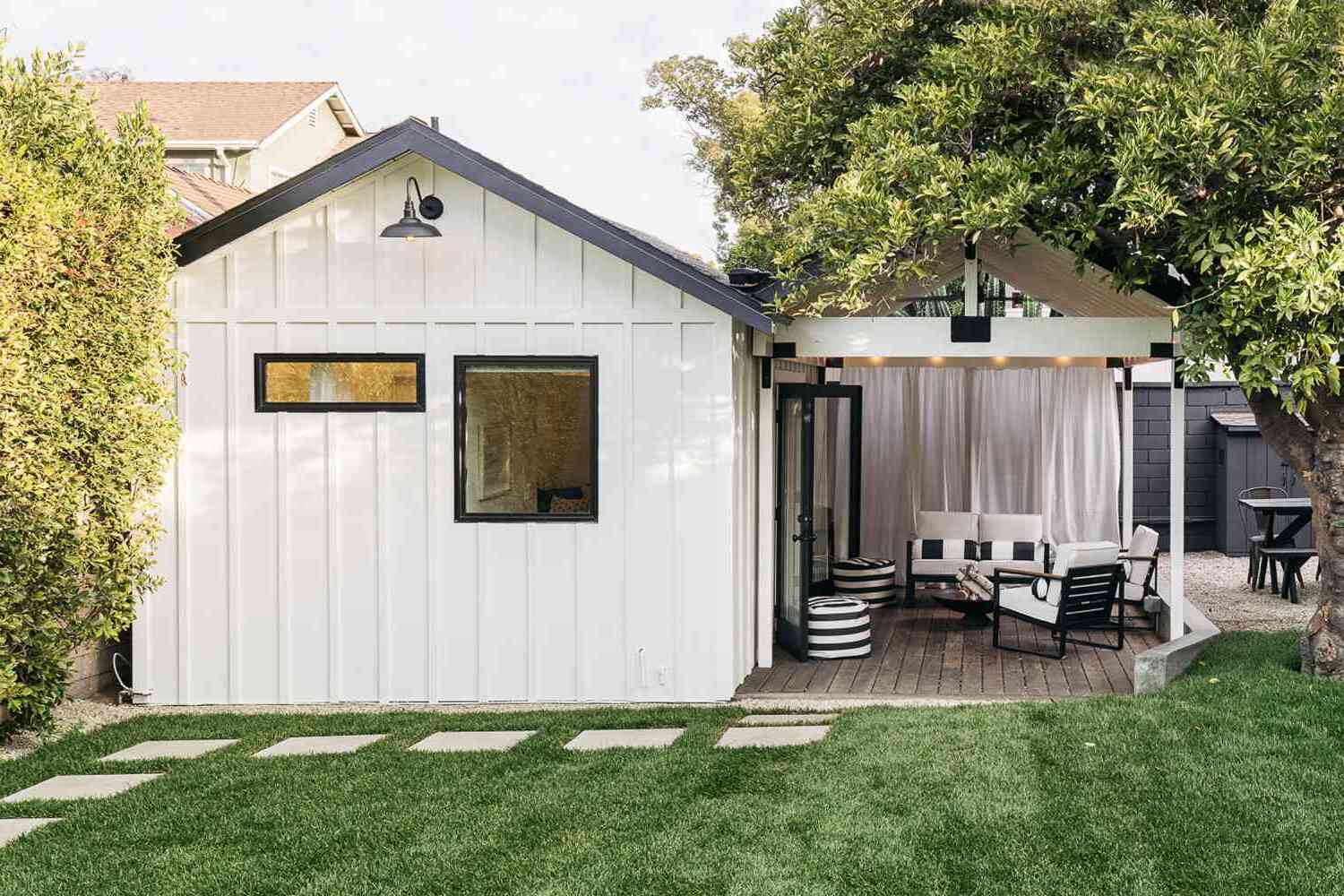Home>Create & Decorate>DIY & Crafts>Build Your Own Bat House: Easy-to-Follow Plans For A DIY Bat Shelter
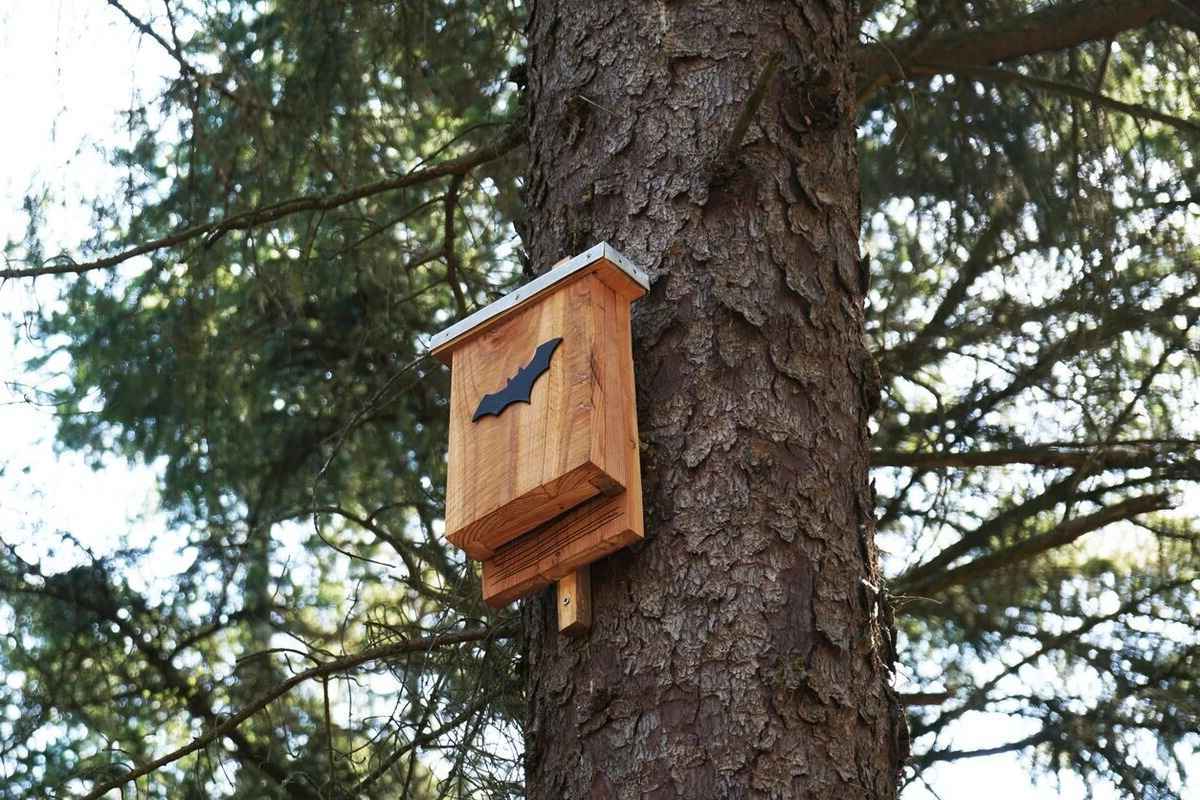

DIY & Crafts
Build Your Own Bat House: Easy-to-Follow Plans For A DIY Bat Shelter
Published: February 22, 2024

Content Creator specializing in woodworking and interior transformations. Caegan's guides motivate readers to undertake their own projects, while his custom furniture adds a personal touch.
Discover step-by-step plans for constructing your own bat house with our easy DIY guide. Create a welcoming shelter for bats with our simple instructions and craft your own bat haven today. Ideal for DIY and craft enthusiasts.
(Many of the links in this article redirect to a specific reviewed product. Your purchase of these products through affiliate links helps to generate commission for Twigandthistle.com, at no extra cost. Learn more)
Introduction
Welcome to the world of DIY bat houses! If you're looking for a rewarding and environmentally friendly project, building a bat house is an excellent choice. Not only does it provide a safe haven for these fascinating creatures, but it also offers a unique opportunity to contribute to conservation efforts while adding a distinctive element to your property.
In this comprehensive guide, we'll walk you through the process of constructing your very own bat house, providing easy-to-follow plans and valuable insights into bat behavior and habitat preferences. Whether you're an experienced DIY enthusiast or a newcomer to the world of crafting, this project is both achievable and fulfilling.
By the end of this guide, you'll be equipped with the knowledge and skills to create a welcoming space for bats to roost, ultimately promoting a healthier ecosystem in your area. So, roll up your sleeves, gather your materials, and get ready to embark on a rewarding journey of building a bat house that will benefit both wildlife and your own sense of accomplishment. Let's dive in and discover the wonders of creating a DIY bat shelter!
Benefits of Building a Bat House
Building a bat house offers a multitude of benefits, ranging from environmental conservation to personal enjoyment. Here are some compelling reasons to embark on this rewarding DIY project:
-
Natural Pest Control: Bats are voracious insect-eaters, consuming thousands of mosquitoes, moths, and other pests each night. By providing a roosting place for bats near your property, you can naturally reduce the population of bothersome insects, creating a more comfortable outdoor environment for yourself and your family.
-
Ecosystem Health: Bats play a crucial role in maintaining ecological balance. Their foraging activities help control insect populations, which in turn supports the health of plants and reduces the spread of insect-borne diseases. By building a bat house, you contribute to the preservation of biodiversity and the overall well-being of the ecosystem.
-
Educational Opportunity: Constructing and maintaining a bat house can be an educational experience for both children and adults. Observing the behavior of bats and learning about their importance in the ecosystem can foster a deeper appreciation for wildlife and environmental stewardship.
-
Conservation Efforts: Many bat species are facing habitat loss and population decline due to various factors, including deforestation and urbanization. By providing a safe and suitable roosting space, you directly contribute to the conservation of these remarkable creatures, helping to mitigate the challenges they face in finding suitable shelter.
-
Aesthetic Appeal: A well-crafted bat house can add a unique and charming element to your property. Whether you choose to mount it on a tree, a pole, or the side of a building, a thoughtfully designed bat house can serve as an attractive and conversation-worthy feature in your outdoor space.
-
Personal Satisfaction: Engaging in a DIY project like building a bat house can be immensely fulfilling. The sense of accomplishment that comes from creating a habitat for wildlife and making a positive impact on the environment is truly rewarding.
By recognizing and embracing the numerous benefits of building a bat house, you not only contribute to the well-being of local ecosystems but also create an opportunity for personal growth and environmental stewardship. This endeavor is a testament to the interconnectedness of all living beings and the positive impact that individuals can have on the world around them.
Understanding Bat Behavior and Habitat
Bats are remarkable creatures with unique behaviors and specific habitat requirements. Understanding these aspects is crucial when building a bat house to ensure that it effectively attracts and accommodates these winged mammals.
Nocturnal Lifestyle:
Bats are nocturnal animals, meaning they are most active during the night. Their nighttime activities primarily revolve around foraging for insects, their primary food source. This nocturnal behavior influences their roosting preferences, as they seek shelter during the day to rest and raise their young.
Roosting Preferences:
Bats seek roosting sites that provide security, stable temperatures, and suitable conditions for rearing their offspring. Natural roosting locations include caves, hollow trees, and crevices in cliffs. When constructing a bat house, it's essential to replicate these features to attract bats. The design should offer a dark, snug space that mimics the natural roosting environments bats prefer.
Temperature Regulation:
Bats are sensitive to temperature fluctuations, especially during the critical periods of hibernation and maternity. A well-designed bat house should provide insulation to maintain stable temperatures, ensuring the comfort and survival of the resident bats. Proper ventilation is also crucial to prevent overheating during warmer months.
Maternity Roosts:
Certain bat species form maternity colonies, where pregnant females gather to give birth and raise their young. These colonies require specific roosting conditions, including warmth, security, and proximity to foraging areas. Understanding the needs of maternity colonies is essential for creating a bat house that can support the reproductive success of bats in your area.
Location-Specific Considerations:
Different bat species have varying habitat preferences based on factors such as climate, vegetation, and proximity to water sources. Researching the native bat species in your region can provide valuable insights into their specific habitat requirements, enabling you to tailor the design and placement of your bat house to attract the local bat population.
By delving into the intricacies of bat behavior and habitat preferences, you can design and position your bat house to effectively cater to the needs of these remarkable creatures. This understanding not only increases the likelihood of attracting bats to your bat house but also contributes to the conservation of these valuable members of the ecosystem.
Choosing the Right Location for Your Bat House
Selecting the optimal location for your bat house is a critical step in ensuring its attractiveness to bats and their long-term occupancy. The following considerations will guide you in choosing the right spot for your bat house:
Sun Exposure:
Position the bat house to receive an adequate amount of sunlight. Bats prefer roosting sites that are exposed to the morning sun, as this helps regulate their body temperature after a night of foraging. A south-facing or southeast-facing orientation is generally ideal, ensuring that the bat house receives sufficient warmth and light while minimizing direct exposure to harsh afternoon sun.
Height and Accessibility:
Mount the bat house at least 12-15 feet above the ground to provide a secure and elevated roosting space for bats. This height offers protection from ground-based predators and allows bats to access the roost with ease. Additionally, ensure that the area beneath the bat house is free from obstructions to allow unobstructed flight paths for bats entering and exiting the roost.
Proximity to Water and Foraging Areas:
Consider the proximity of the bat house to water sources and foraging areas. Bats are attracted to locations near water, such as ponds, streams, or wetlands, as these areas provide abundant insect populations for foraging. Placing the bat house within a quarter-mile of a water source can significantly enhance its appeal to bats seeking suitable roosting sites.
Vegetation and Landscaping:
Surround the bat house with open space and avoid obstructing vegetation, such as dense foliage or overhanging branches. Bats require unobstructed flight paths and clear approaches to the entrance of the bat house. Additionally, minimizing artificial lighting in the vicinity of the bat house can help create a more natural and appealing habitat for bats.
Local Bat Species:
Research the native bat species in your region to understand their habitat preferences and roosting behaviors. Different bat species have specific requirements regarding roosting environments, temperature, and proximity to water and foraging grounds. Tailoring the location of your bat house to align with the preferences of local bat species increases the likelihood of attracting occupants.
By carefully considering these factors and strategically situating your bat house, you can create an inviting and suitable roosting space for bats. This thoughtful approach enhances the potential for successful bat occupancy and contributes to the conservation of these valuable and beneficial creatures.
Materials and Tools Needed
Before embarking on the construction of your bat house, it's essential to gather the necessary materials and tools to ensure a smooth and efficient building process. Here's a comprehensive list of the items you'll need to construct a functional and inviting bat shelter:
Materials:
-
Untreated Wood: Select high-quality, rough-sawn, or non-pressure-treated wood to construct the bat house. Cedar, pine, or cypress are excellent choices due to their durability and resistance to decay. Avoid using pressure-treated lumber, as the chemicals used in the treatment process may be harmful to bats.
-
Exterior-Grade Screws or Nails: Choose corrosion-resistant screws or nails designed for outdoor use to assemble the bat house. These fasteners should withstand exposure to the elements and ensure the structural integrity of the bat house over time.
-
Roofing Material: Opt for a weather-resistant material such as metal flashing or asphalt shingles to protect the bat house from moisture and provide additional insulation.
-
Nontoxic Wood Sealant or Stain: Apply a nontoxic sealant or stain to the exterior of the bat house to enhance its durability and weather resistance. Ensure that the sealant is safe for wildlife and does not emit harmful fumes.
-
Mesh or Screen: Include a fine mesh or screen material to provide bats with a gripping surface inside the bat house. This allows them to climb and roost comfortably while preventing them from becoming trapped.
-
Wood Shavings or Grooved Interior Panels: Create a textured interior surface within the bat house to offer bats a secure foothold. Wood shavings or grooved panels can provide the necessary traction for bats to roost effectively.
Tools:
-
Measuring Tape and Ruler: Accurate measurements are crucial for ensuring the proper dimensions and alignment of the bat house components.
-
Saw: A handsaw or power saw will be necessary for cutting the wood to the required dimensions. A miter saw or circular saw can facilitate precise cuts for optimal assembly.
-
Drill and Bits: A power drill with drill bits suitable for wood will be essential for creating pilot holes and assembling the bat house components securely.
-
Screwdriver or Screw Gun: Depending on the type of fasteners chosen, a screwdriver or screw gun will be needed to drive screws into the wood effectively.
-
Sandpaper or Sander: Smooth any rough edges and surfaces of the wood to create a safe and comfortable interior environment for the bats.
-
Paintbrush or Applicator: Use a paintbrush or applicator to apply the wood sealant or stain evenly to the exterior surfaces of the bat house.
By ensuring that you have the required materials and tools on hand, you can streamline the construction process and create a well-crafted bat house that meets the needs of its future occupants. With careful preparation and attention to detail, you'll be ready to proceed to the next step: building your bat house.
Step-by-Step Instructions for Building Your Bat House
Step 1: Gather and Prepare the Materials
Begin by gathering all the necessary materials and tools as outlined in the previous section. Ensure that the wood is of high quality and untreated, and that the fasteners and roofing materials are suitable for outdoor use. Once you have the materials ready, prepare the wood by cutting it to the required dimensions using a saw. Sand any rough edges to create a smooth and safe interior environment for the bats.
Step 2: Construct the Bat House Panels
Using the prepared wood pieces, construct the front, back, side, and roof panels of the bat house according to the specified dimensions. Use a drill to create pilot holes for the screws or nails, ensuring precise alignment and secure assembly. Incorporate ventilation holes in the front and sides of the bat house to provide adequate airflow while preventing overheating.
Step 3: Install the Interior Features
Create a textured interior surface within the bat house by adding wood shavings or attaching grooved panels to provide bats with a secure foothold. Additionally, affix a fine mesh or screen material to the interior surfaces to allow bats to grip and roost comfortably while preventing them from becoming trapped.
Step 4: Assemble the Bat House
Carefully assemble the constructed panels to form the bat house structure, ensuring that all components are securely fastened and aligned. Pay close attention to the roof installation, ensuring that the chosen roofing material provides weather resistance and additional insulation for the bats.
Step 5: Apply a Protective Sealant
Once the bat house is fully assembled, apply a nontoxic wood sealant or stain to the exterior surfaces to enhance durability and weather resistance. Ensure that the sealant is safe for wildlife and does not emit harmful fumes that could deter bats from occupying the roost.
Step 6: Mount the Bat House in the Chosen Location
Select a suitable location for mounting the bat house, considering factors such as sun exposure, height, proximity to water and foraging areas, and local bat species preferences. Securely mount the bat house at the recommended height, ensuring that it is stable and accessible to bats while providing a clear flight path for their entry and exit.
By following these step-by-step instructions, you can successfully build a bat house that meets the specific needs of bats and provides them with a safe and inviting roosting space. This DIY project not only contributes to wildlife conservation but also offers a fulfilling and enriching experience for the builder.
Tips for Maintaining Your Bat House
Maintaining your bat house is essential to ensure its long-term functionality and appeal to bats. Regular upkeep and monitoring can help create a hospitable environment for bats and maximize the likelihood of successful occupancy. Here are valuable tips for maintaining your bat house:
-
Annual Inspections: Schedule annual inspections of your bat house to assess its condition and identify any signs of wear, damage, or deterioration. Check for loose fasteners, cracks in the wood, or any disturbances that may affect the structural integrity of the bat house.
-
Cleaning and Sanitization: Periodically clean the interior of the bat house to remove accumulated guano (bat droppings) and debris. Use a gentle cleaning solution and a soft brush to sanitize the interior surfaces, ensuring that the roosting space remains hygienic and inviting for bats.
-
Repairs and Replacements: Promptly address any structural issues or damage observed during inspections. Repair or replace damaged components, such as loose panels, worn-out roofing material, or deteriorated sealant, to maintain the functionality and weather resistance of the bat house.
-
Seasonal Maintenance: Consider seasonal maintenance tasks to adapt the bat house to changing weather conditions. In colder climates, adding insulation or thermal barriers can help regulate interior temperatures during winter, while providing adequate ventilation in warmer months is crucial to prevent overheating.
-
Predator Deterrence: Implement measures to deter potential predators from accessing the bat house. Install predator guards or baffles to prevent climbing animals from reaching the entrance, safeguarding the bats and their young from harm.
-
Record Observations: Keep a record of bat activity around the bat house, noting the presence of bats, their behaviors, and any signs of occupancy. This information can provide valuable insights into the effectiveness of the bat house and the preferences of local bat species.
-
Community Involvement: Engage with local wildlife organizations or bat conservation groups to exchange knowledge and experiences related to bat house maintenance. Participating in community initiatives can offer support and resources for maintaining bat-friendly habitats.
By implementing these maintenance tips, you can uphold the functionality and appeal of your bat house, creating a welcoming and sustainable roosting space for bats. Consistent care and attention contribute to the success of the bat house as a vital habitat for these remarkable creatures, fostering a harmonious coexistence between humans and wildlife.
Conclusion
Embarking on the journey of building a bat house is not merely a DIY project; it is a meaningful endeavor that fosters a deeper connection with nature and contributes to the well-being of the environment. By constructing a bat house, you have taken a proactive step towards supporting wildlife conservation, promoting natural pest control, and creating a habitat that benefits both bats and the surrounding ecosystem.
As you reflect on the process of building a bat house and the insights gained into bat behavior and habitat preferences, it becomes evident that this undertaking transcends the realm of craftsmanship. It embodies a spirit of stewardship and a commitment to coexisting harmoniously with the diverse species that share our world.
The benefits of building a bat house extend beyond the immediate impact on insect populations and ecosystem health. This project serves as a catalyst for education, inspiring curiosity and awareness about the vital role bats play in maintaining ecological balance. It offers an opportunity for individuals and communities to engage in conservation efforts and contribute to the preservation of biodiversity.
As you witness the potential occupancy of your bat house by these fascinating creatures, you become a firsthand participant in the cycle of life, observing the interactions between bats and their environment. The presence of bats in your bat house serves as a testament to the positive influence of human intervention in creating sustainable habitats for wildlife.
Furthermore, the act of maintaining your bat house fosters a sense of responsibility and care for the well-being of the resident bats, reinforcing the interconnectedness of all living beings. Through regular upkeep and monitoring, you play a pivotal role in ensuring that the bat house remains a safe and inviting sanctuary for bats to roost and raise their young.
In conclusion, the construction and maintenance of a bat house exemplify the power of individual actions in contributing to a more balanced and thriving ecosystem. Your dedication to this project not only benefits bats but also inspires others to embrace environmental stewardship and actively participate in the conservation of wildlife. As you witness the impact of your efforts, may it serve as a reminder of the profound influence each person holds in shaping a world where humans and wildlife coexist in harmony.


